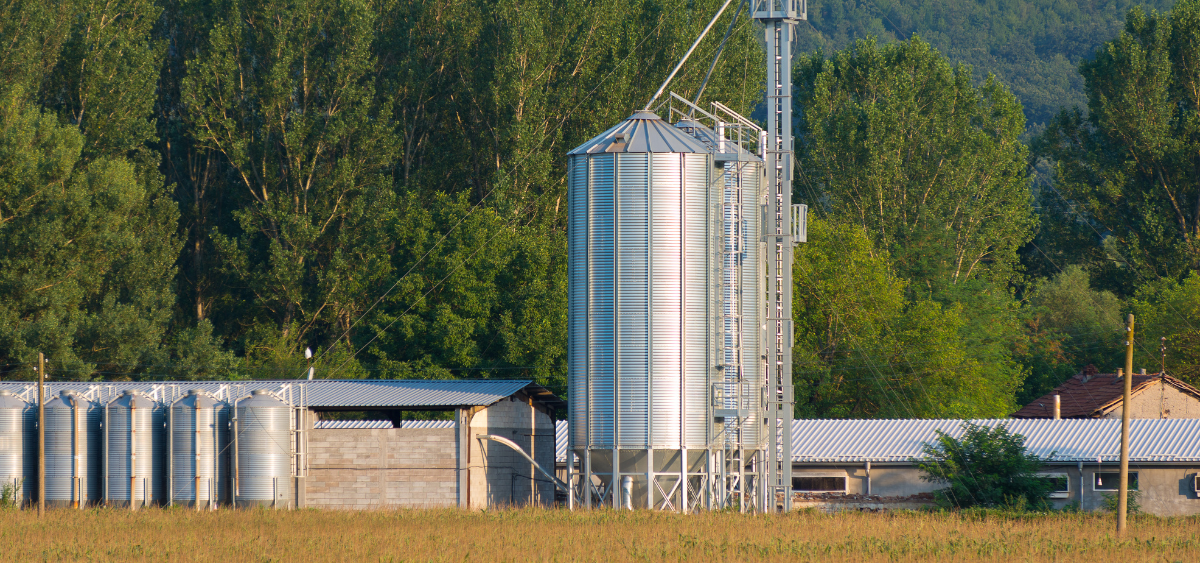
Hopper Bottom Silos are versatile structures used in various agricultural and industrial settings, such as drying plants, seed processing facilities, storage plants, daily bins, dosing bins, and bulk outload bins. They are also essential in industrial plants needing a steady supply of cereals, like flour mills, feed mills, rice mills, oil mills, and biofuel facilities.
These silos are designed for the short- to medium-term storage of grains like cereals, wheat, corn, maize, soybeans, paddy, oilseeds, and other free-flowing granular materials. They can be built according to American standards (ASAE/ANSI) or European norms (Euro-Code), depending on specific project requirements or client preferences. Made to endure continuous use, they are robust enough to withstand extreme temperatures, high winds, heavy snow, and earthquakes. The steel sheets are heavily galvanized to enhance corrosion resistance.
Hopper Bottom Silos come in a variety of models, with diameters ranging from 2.67 meters to 12.35 meters and capacities from 18 metric tons to 1250 metric tons.
Enhanced structural stability is achieved with simplified and reliable calculations.
The foundation is easier to build with a slab, making installation simpler.
No need for cranes or complex frameworks, which reduces setup difficulties.
Extra space beneath the silo provides flexible storage options.
Electrical equipment can be safely installed in enclosed spaces for added protection.